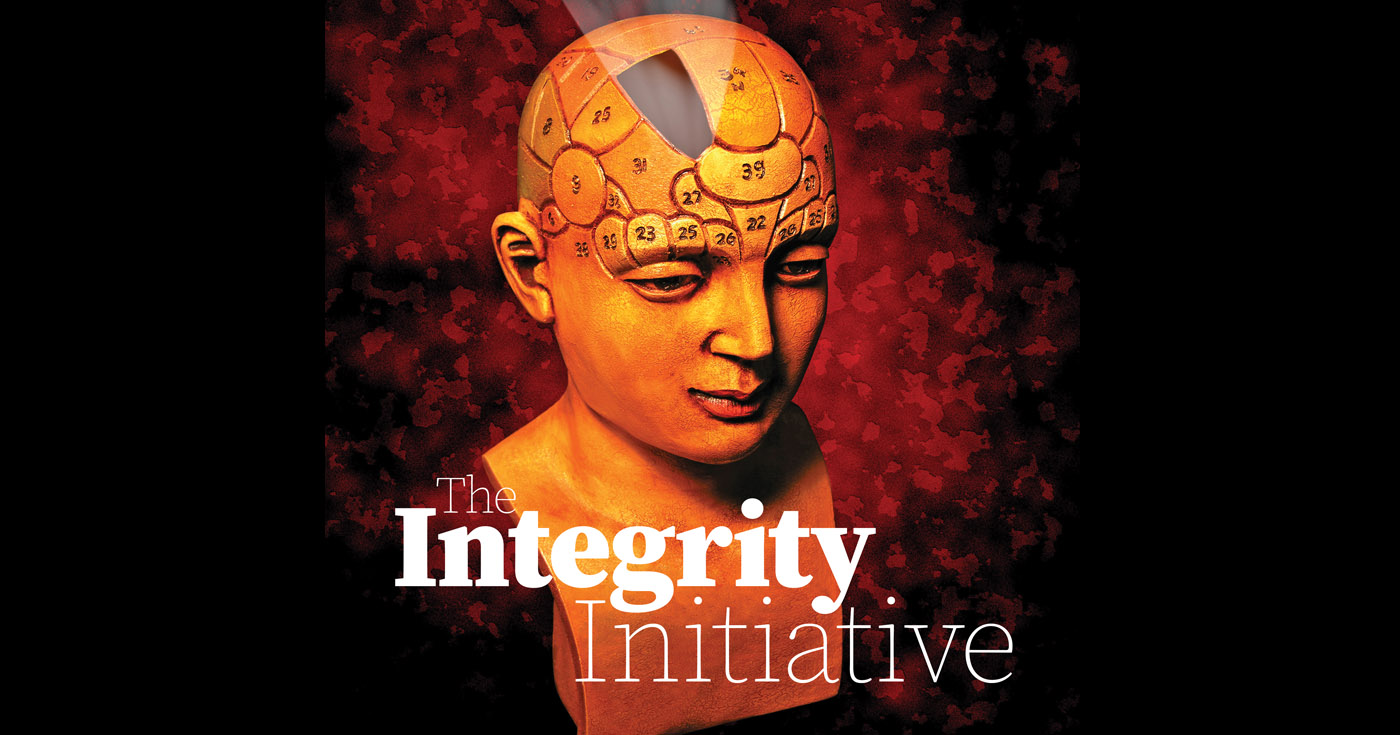
The insurance industry is one of the leading investors in green bonds in the country.
Climate change challenge
Climate change is the great challenge of our time. The Philippines is vulnerable to this challenge with numerous typhoons devastating the country every year. The cost to our economy is astounding. It has been estimated that economic losses due to climate change could reduce the region’s GDP by up to 11 percent by 2100.
Addressing these environmental challenges requires expenditures in eight eligible classification sectors (energy, buildings, transport, water, waste, land use, industry and ICT), which may be financed through bond issuances and loans. The bond markets have become an important source of long-term finance. These expenditures should target sustainable development that shifts away from greenhouse gas, fossil fuel, carbon emissions, and natural resource intensive industries. In other words, green finance will be a weapon against climate change.
Asean green bonds
Asian green bonds are recent developments. In fact, the first Asian green bond was only issued in 2013 by the Export-Import Bank of Korea, to raise $500 million. The first green bond from an Asean member was issued in 2016 by the Philippine-based AP Renewables. It was a local currency green bond partially guaranteed by the ADB and certified under the Geothermal Criteria of the Climate Bonds Standard. In contrast, as of 2018, 628 issuers around the world have issued green bonds worth $521 billion since 2007.
Philippine green bonds
The Philippines is a significant player in green finance in Asean. Its largest recipient of proceeds is the energy sector. It has issued a total of $2 billion of green bonds, 75 percent of which was issued in 2019. The Bank of the Philippine Islands (BPI) was the first Philippine bank to issue dollar-denominated Asean Green Bonds when it raised $300 million in 2019. In 2018, the Securities and Exchange Commission (SEC) approved the Guidelines on the Issuance of Green Bonds under the Asean Green Bonds Standards (GBS).
In 2016, the ADB issued $225 million climate bond through the BPI to finance the rehabilitation of the Tiwi-Makban geothermal facility. In 2018, the first internationally rated triple-A peso-denominated green bond, the Mabuhay Bond, amounting to $90 million was issued by the International Finance Corporation (IFC) through BDO Unibank. In 2018, China Banking Corporation issued its first green bond raising $150 million with the IFC as its sole investor. The proceeds were earmarked for climate-related projects such as renewable energy, green buildings, energy efficiency and water conservation.
The Philippines had seven green bond issuances in 2019. Among the significant green bond issuances in the country are: a) RCBC’s P15 billion Asean green bond and P8 billion Asean sustainability bond, for a total of P23 billion, issued in 2019. RCBC became the first bank to issue a Green Peso Bond, and only the fourth bank to issue bonds under BSP Circular 1010. This Asean green bond was three times oversubscribed (ING Bank was the sole Green Structuring Advisor for RCBC’s green finance framework); b) BDO’s $150 million issuance in 2018; c) AC Energy’s $410 million Asean green bond; c) Bank of the Philippine Islands’ issuance in CHF in the Swiss market, raising CHF100 million, at a negative yield of -0.02 percent (the first for a green bond from Asia); d) AC Energy, a subsidiary of Ayala Corp., had four green bonds issued in 2019, for a total of $810 million. Among these was the first and only perpetual green bond from Asean in December 2019, for $400 million.



























